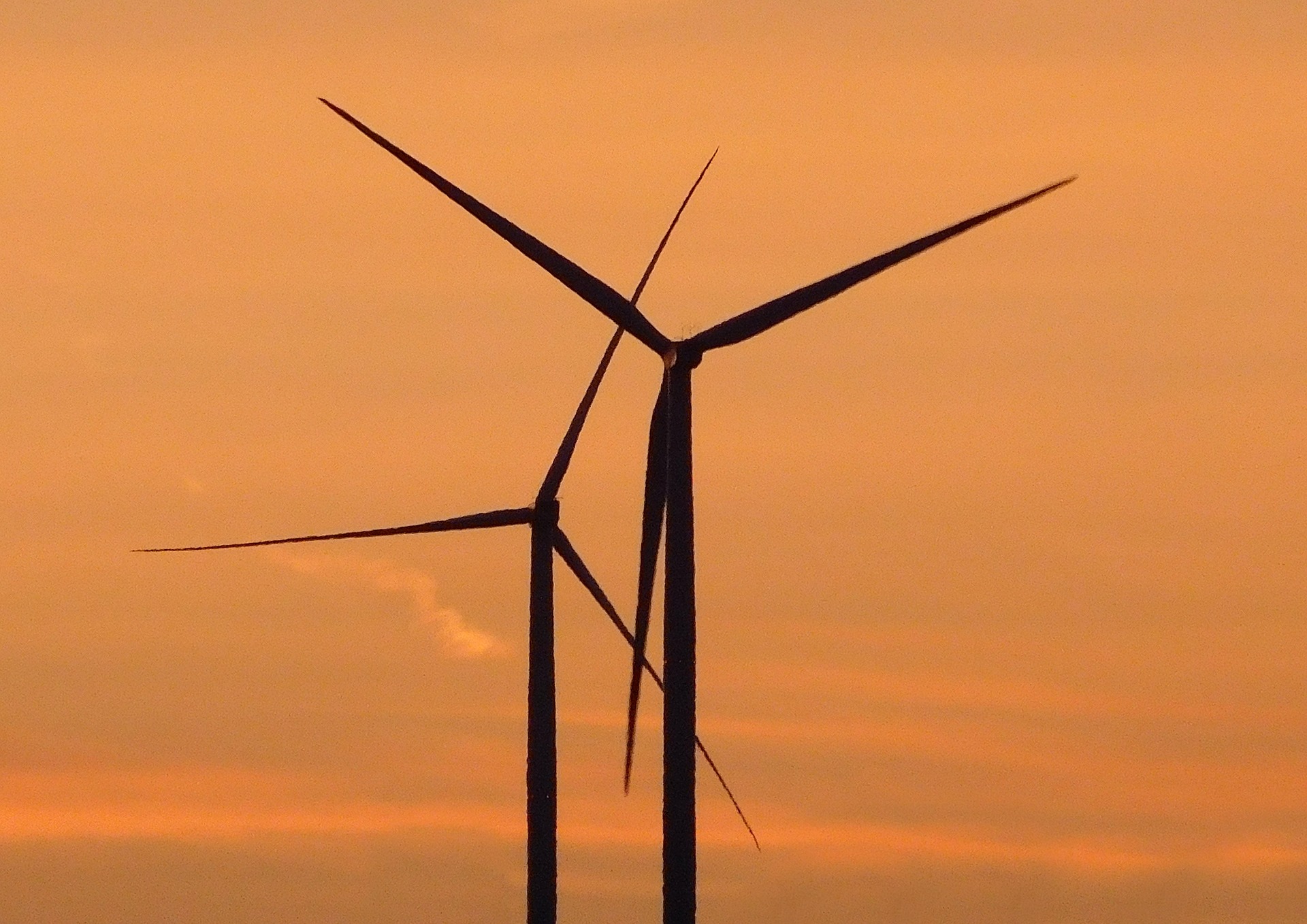The achilles heel of renewable energy will only be fully solved through storage solutions
The biggest technological limitation to the renewables revolution remains dealing with the issue of baseload. While solar energy provides electricity while the sun is shining and wind energy of course is able to supply power at times of high wind activity, the issue remains the intermittent power output.
This is where the baseload arguments come into play. In times of high usage the electricity grid in the UK and other western countries has to meet the increased demand.
With the current renewable technologies there is no way to meet the demand at key points of the electricity cycle. As a result there remains a need for coal/nuclear and other relics of the energy system to maintain the necessary power.
However some of the myths around renewables need debunking. The first worth noting is that renewable energy sources already do provide the baseload. Hydroelectricity provides close to 100% of the energy needs of Albania and Norway for example.
At times of high demand the hydroelectric power sources in these two nations are able to meet the demand. The issue of course is that many of the nations currently embarking on the renewable revolution do not have access to hydroelectric power sources. Still, it is not insubstantial point to raise.
Energy management
Energy management is another key part of the solution. Smart grids and smart metering systems, as well as the provision of measures at the national level will need to be utilised to ensure that the grid can handle demand. The reduction of demand must also factor into the discussion at some point.
Batteries
The development of batteries that can help store the power generated by solar and wind power is one of the most exciting and fast moving part of the renewable energy transition. Tesla, among others are building batteries that will enable the provision of large scale storage solutions that will help provide energy in times of increased demand.
Effective planning
While one wind farm main suffer from low wind speeds and hence struggle to meet demand at a time of increased energy usage. However dispersing the wind farms across the country in a range of different locations should help. A similar strategy can of course be used in photovoltaic solar farms.
Smart grids and advances in batteries and other storage systems will answer the baseload question.

Be the first to comment on "How to deal with the baseload problem"